NFTs 2025: What Beginners in Vietnam Need to Know About Web3 Art
July 22, 2025
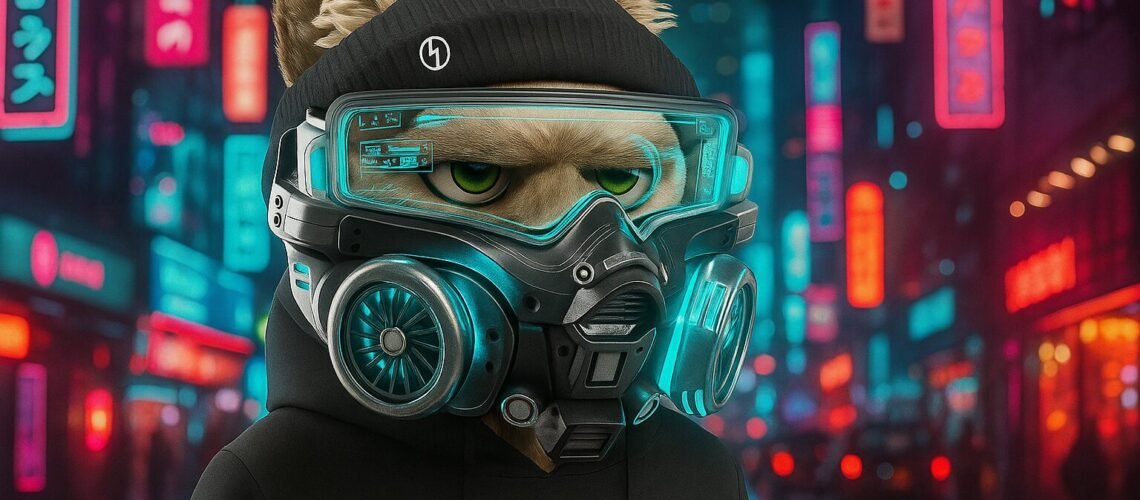
NFTs 2025 are no longer making headlines for outrageous prices or celebrity hype. Five years ago, they were trending for all the wrong reasons—overpriced JPEGs, meme auctions, and a wave of speculation that left many confused. Today, in 2025, they’ve grown quieter—but more relevant than ever, especially in countries like Vietnam where digital creativity is thriving.
In this beginner’s guide, we’ll explore the NFT meaning in the context of Vietnam’s Web3 art market—what NFTs are, why they still matter, and how first-time creators or collectors in Vietnam can get started without getting lost.
What Is NFT, Really?
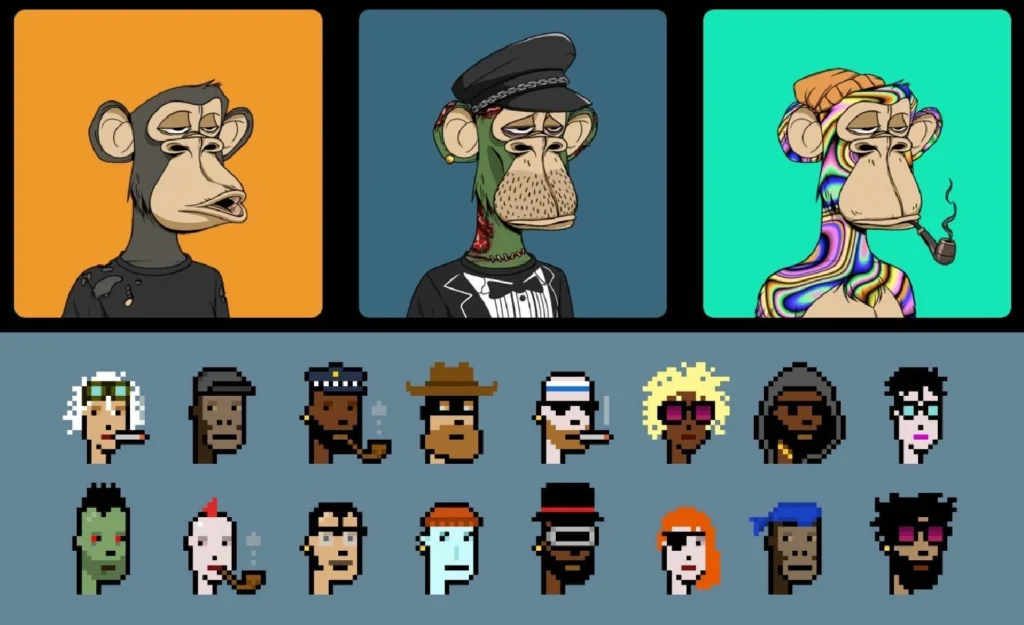
Credit from ELCOM
At its core, an NFT—Non-Fungible Token—is a digital proof of ownership stored on a blockchain. Unlike cryptocurrencies such as Bitcoin or Ethereum, which are interchangeable (one bitcoin equals another bitcoin), NFTs are unique. Each token contains data that links it to a specific digital item—an image, a song, a video, even a tweet. The NFT itself doesn’t usually store the image, but it stores the certificate that proves ownership of it.
For creators in Vietnam, this changes the game. A digital artist in Hue can now publish their work online and tokenize it as an NFT. That token can be listed on global platforms like OpenSea or Mintable. Anyone—from Hanoi to Tokyo—can purchase it, and the blockchain records that transaction forever. It’s proof that the artist created the piece, and it shows who currently owns it.
NFTs, in that sense, are less about the file itself and more about the ownership trail.
Why NFTs Still Matter in Vietnam in 2025
The hype has calmed. Fewer people are treating NFTs like lottery tickets. But the real value is finally taking shape, particularly in Southeast Asia. In Vietnam, we’re seeing NFTs shift from trend to tool.
Artists now use NFTs to protect originality, proving they were the first to create a work. Musicians tokenize exclusive tracks or album previews. Digital photographers build collections that live on the blockchain instead of on social media. Writers are minting poems. Filmmakers are creating short scenes as NFTs—adding limited digital ownership to what would otherwise be endlessly copied.
At the same time, Vietnamese collectors are beginning to view NFTs not just as collectibles, but as part of a broader investment portfolio. NFTs can be bought, sold, and even fractionally owned. It’s not unusual now for a group of young tech-savvy Vietnamese friends to co-invest in a piece of digital art or a game item that might gain value.
Even universities and local governments are experimenting. In some regions, educational certificates and ID badges are being tokenized—creating secure, verifiable credentials on the blockchain. These aren’t futuristic dreams anymore. They’re quietly happening right now.
How NFTs Fit Into Vietnam’s Web3 Art Market in 2025
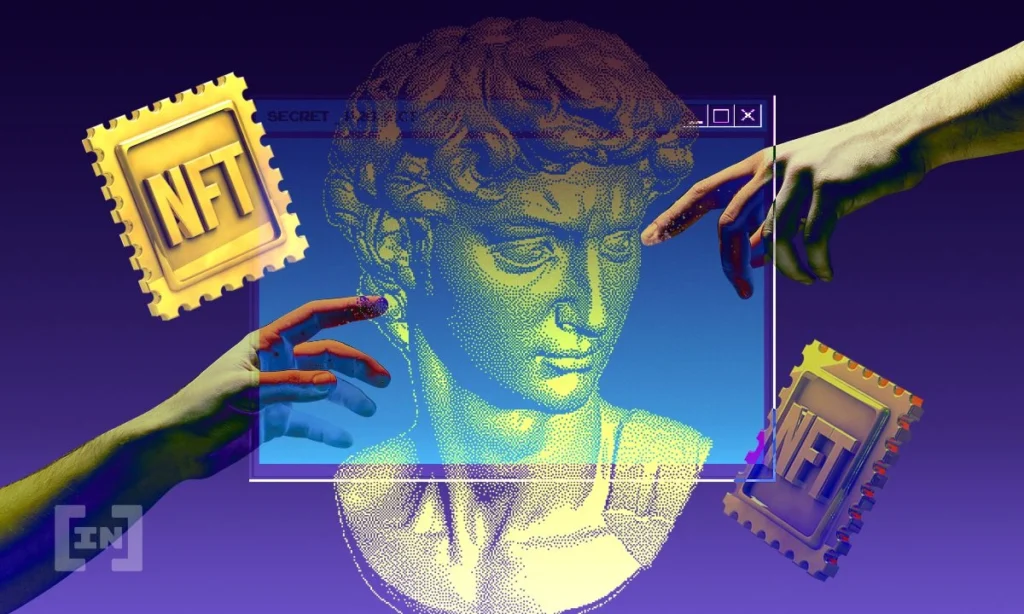
Credit from VnEconomy
Vietnam’s creative economy has never been limited to physical canvases or stage performances. From animation to 3D rendering to indie game design, Vietnamese creators have long worked in the digital space. NFTs now give them a new kind of ownership and independence.
One example is Metaverse fashion. Designers in Ho Chi Minh City are creating digital outfits not for real-life wear, but for avatars in virtual worlds. These are bought and sold as NFTs. Another example comes from Da Nang, where photographers are minting coastal and surfing photography as limited-edition NFTs—with collectors from abroad paying in cryptocurrency.
Then there are the Vietnamese indie games. Platforms like Sky Mavis (the creators of Axie Infinity) have helped shape a space where in-game items are NFTs. Gamers actually own their characters, weapons, and land—and can trade them freely. For developers and players alike, this opens up a new kind of decentralized economy.
How to Get Started With NFTs as a Beginner in Vietnam
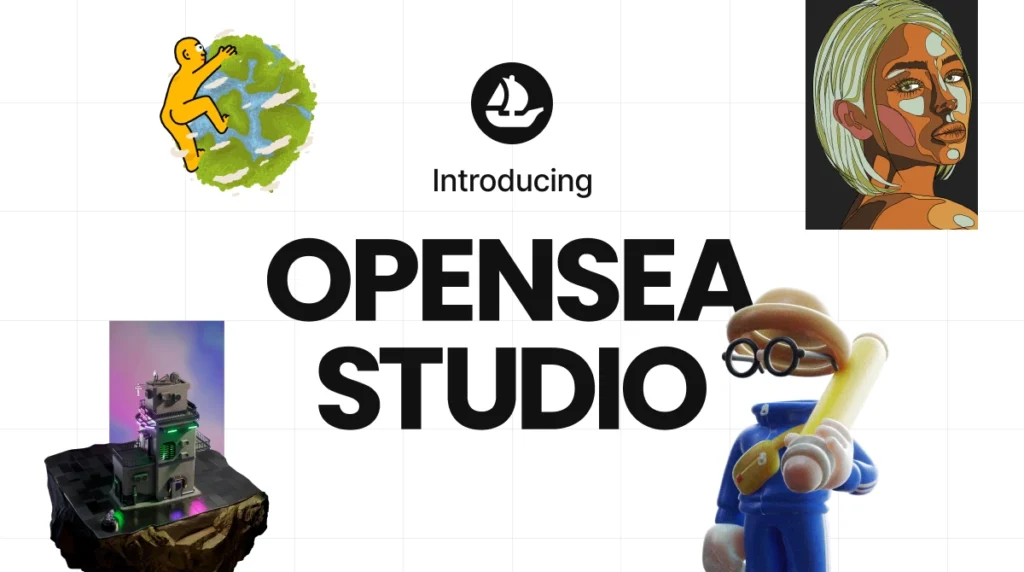
Credit from OpenSea
So, if you’re a creator or collector just stepping into the NFT world—how do you begin?
The first step is understanding what you want to tokenize. Are you an artist with original illustrations? A musician with an EP? A 3D designer with digital sculptures? NFTs start with content. You need something unique and original to offer.
Once your work is ready, you’ll need to set up a digital wallet. This wallet holds your cryptocurrency (often Ethereum or another blockchain-specific token) and connects you to NFT marketplaces. MetaMask is the most commonly used, and it’s available in Vietnamese.
Next, choose a platform. OpenSea, Rarible, and Tezos-based Objkt are some of the most used globally. There are also smaller platforms emerging that cater to Vietnamese artists and Asian creators in general. Each platform walks you through uploading your work, adding metadata (title, description, royalties), and “minting” your token—putting it on the blockchain.
After minting, your NFT is live. It can be listed for sale at a fixed price or auctioned off. You can also add resale royalties, so if your work is resold in the future, you still get paid.
You don’t need to know code. The tools are increasingly no-code and beginner-friendly. What matters is authenticity and creativity.
NFTs 2025 Common Concerns and Mistakes to Avoid
NFTs are not risk-free. That’s especially important for newcomers to understand.
First, there’s volatility. An NFT that sells for 5 ETH one month might not attract any buyers the next. Don’t treat NFTs as a guaranteed income.
Second, your wallet is your key. If you lose access to it, there is no recovery hotline. Think of it like losing your house keys—but the house is your bank.
Third, piracy is real. Just because something is on the blockchain doesn’t mean it can’t be copied. Anyone can screenshot your art. But what they can’t do is claim ownership or resale rights—unless they somehow access your private key.
Finally, watch for scams. NFT hoaxes have plagued the market since the beginning. Stick with reputable platforms, don’t click unknown links, and double-check contract details before signing anything on-chain.
Looking Ahead: NFT Trends in Vietnam’s Digital Space
In 2025, NFT use in Vietnam is branching out in meaningful ways.
We’re seeing more utility-based NFTs, where the token gives access to a course, an online event, or private content. Creators are moving away from “just art” and toward experiences—things people can participate in, not just collect.
There’s also growth in fractional ownership. Want to own a portion of a high-value NFT but can’t afford it alone? Now, groups of collectors are pooling funds and splitting the digital rights—a new form of co-investment.
And finally, the metaverse is slowly becoming more localized. Vietnamese developers are building virtual neighborhoods, temples, and cultural zones—where digital real estate is bought and sold via NFT contracts.
Conclusion: Why NFTs Still Matter in 2025—for Vietnam and Beyond
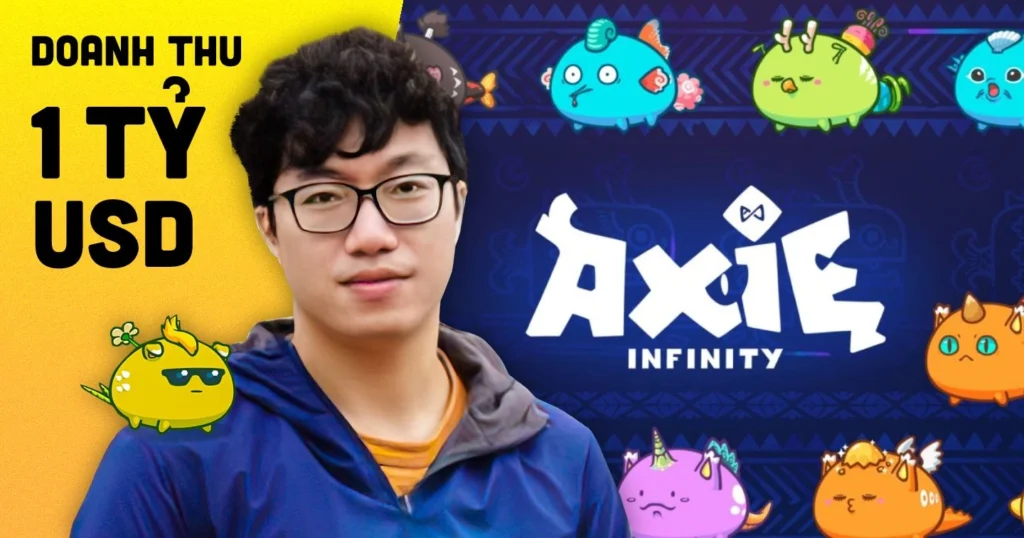
Credit from Advertising Vietnam
It’s tempting to believe NFTs were a passing phase. Certainly, the speculative frenzy has cooled. But in 2025, NFTs are proving they’re more than just hype. They’ve become tools—quiet, flexible, and rooted in creativity.
For Vietnamese artists, NFTs mean ownership and access. For investors, they offer alternative value in a decentralized world. For newcomers, they’re an invitation to participate in the Web3 economy, not just watch it from the sidelines.
Whether you’re minting your first photo, browsing digital collections, or just learning the language of Web3—this is the right moment to begin. And perhaps most importantly: NFTs aren’t the final form of digital art. They’re just the beginning.

